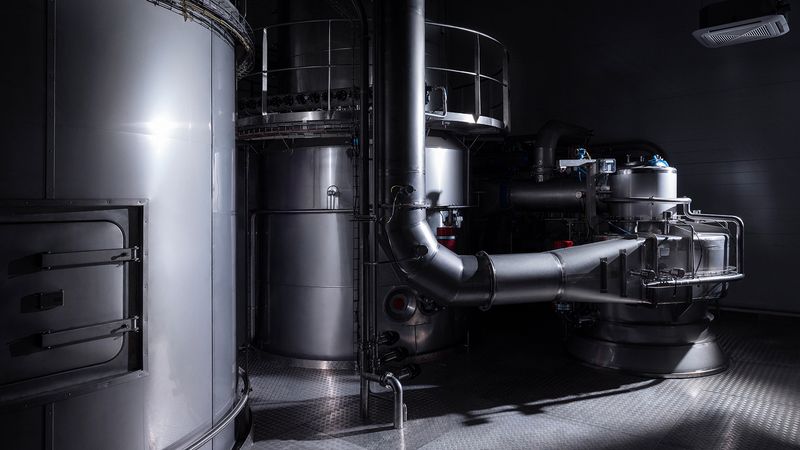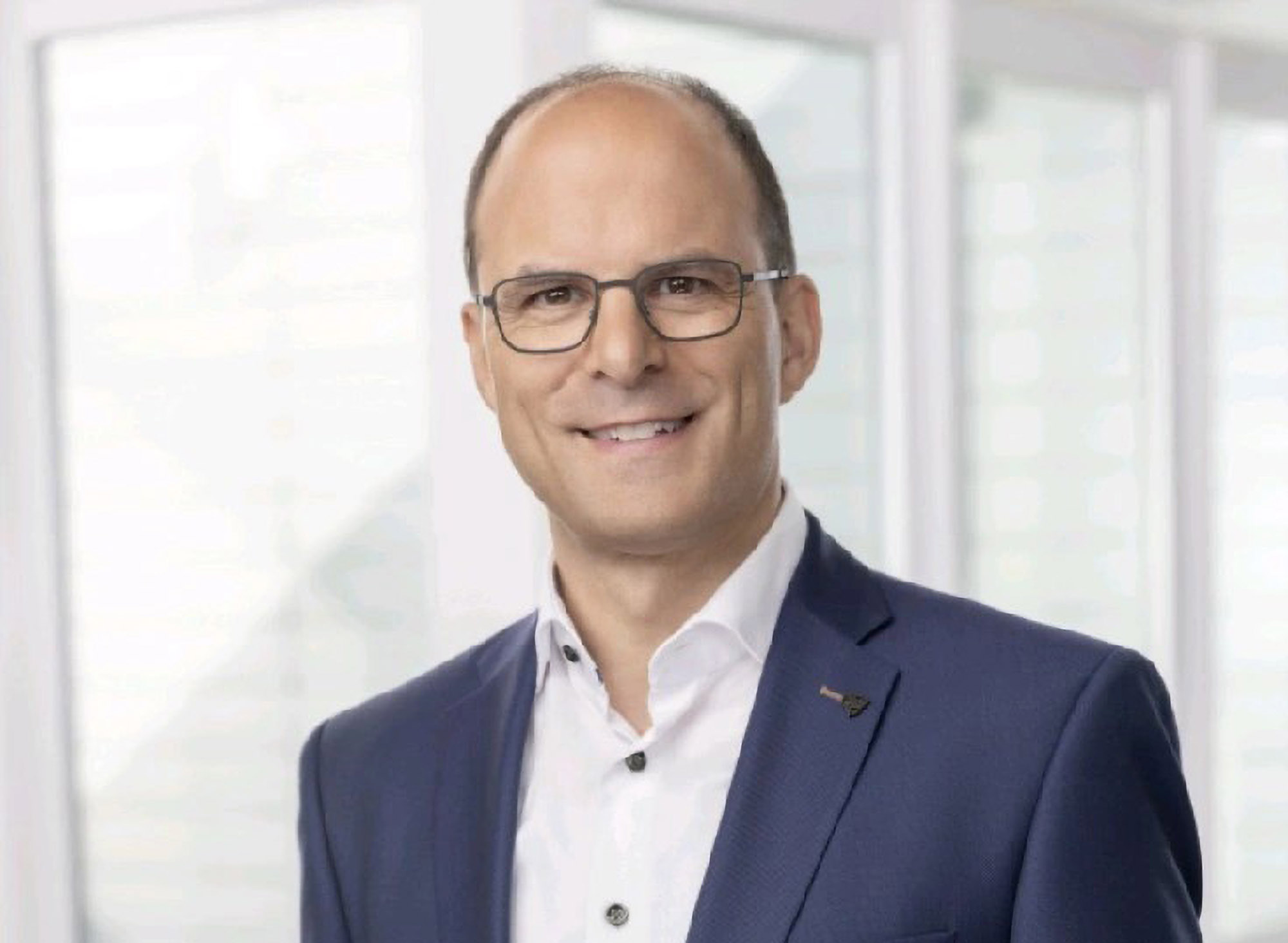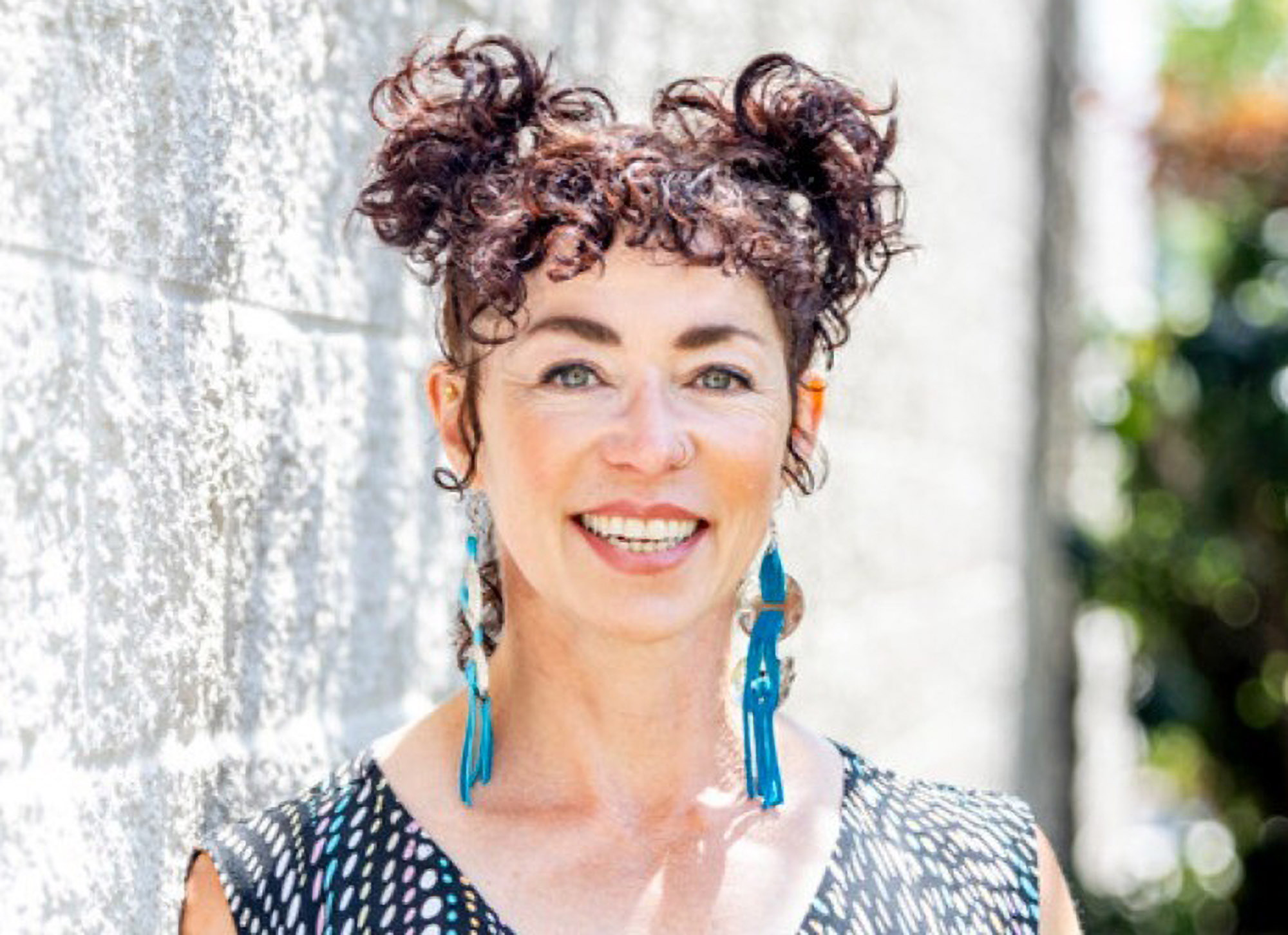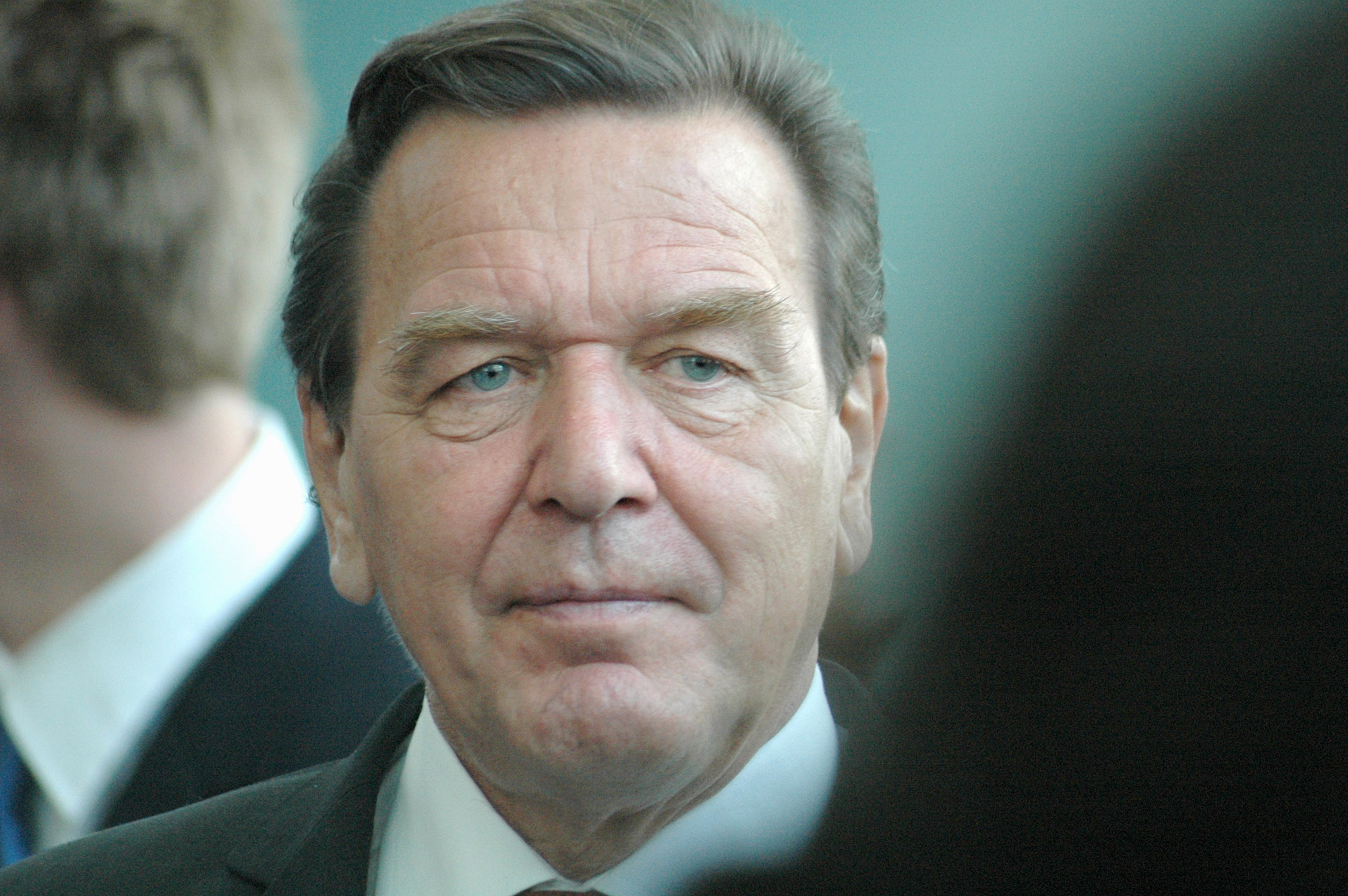

Forsea advances cultivated eel production with high-density cell technology
Forsea, a company specializing in cultivated seafood, has made a significant advancement in cell-cultured eel production through its organoid technology. The company recently announced that its system has reached a cell density exceeding 300 million cells per milliliter, marking a new efficiency level in the production of cell-based seafood. This milestone not only establishes Forsea’s capacity for scaling production but also demonstrates a path toward cost-effective and accessible cultivated eel, a popular yet environmentally strained delicacy.
Forsea’s focus is currently on producing freshwater eel, or unagi, which holds a prominent place in Japanese cuisine. Japan, the largest consumer of eel globally, purchased approximately 140,000 tons in 2023, representing half of the global market. However, freshwater eel populations face severe challenges due to overfishing and habitat destruction, making sustainable sources more critical than ever. By cultivating eel in a lab environment, Forsea seeks to address these ecological concerns while meeting consumer demand for high-quality eel products.
Forsea’s organoid technology offers a distinct approach to cell-based seafood production. Unlike traditional methods that often require scaffolding and high quantities of growth factors, Forsea’s method allows cells to self-assemble into three-dimensional structures, emulating natural eel tissue. This approach involves creating an optimal environment where cells develop into fat, muscle, and connective tissue without external structural support. The result is a cultivated eel that closely resembles the taste and texture of wild-caught eel, a critical factor in consumer acceptance, especially in Japan, where unagi is a culinary tradition.
Using minimal media ingredients and precise cultivation methods, Forsea’s platform reaches unprecedented cell density levels. According to Moria Shimoni, CTO of Forsea, “Our latest results validate the organoid approach for efficient seafood production, balancing both economic viability and sustainability goals.” Forsea’s cultivation technology is designed to be scalable, with potential for expansion to other seafood products, helping meet a broader demand while alleviating environmental pressures on marine ecosystems.
Forsea’s achievement in high-density cell cultivation has significant economic implications. As founder and CEO Roee Nir explained, “Achieving high cell density with fewer resources can lead to reduced production costs, which allows us to bring cultured seafood to a competitive market price, and eventually make it even more affordable than traditionally farmed or caught products.” This accomplishment moves Forsea closer to achieving price parity—a longstanding challenge in the cultivated meat and seafood industry.

In the case of eel, achieving an affordable, scalable alternative could address Japan’s high demand while offering a sustainable solution. Freshwater eel cannot be farmed in captivity, and wild populations are increasingly endangered, leading to high prices and supply instability. Forsea’s cultivated eel offers a pathway to stabilize supply while potentially lowering costs for consumers, contributing to both industry resilience and ecological conservation.
Following these developments, Forsea is preparing to move into the next phase of its commercial strategy. With proof-of-concept for continuous harvesting in place, the company is focused on scaling up production capabilities. This transition involves expanding the use of its organoid platform, which requires less capital investment compared to other cell-based production technologies. As Forsea progresses toward commercial readiness, it anticipates entering the market with its cultivated unagi product in 2026.
To support this effort, Forsea has held initial tasting events to gauge consumer response, including one at a Tel Aviv restaurant that featured its cultivated unagi kabayaki—a traditional grilled eel dish. The event attracted representatives from the Japanese embassy and several Japan-based food companies, providing insight into potential market acceptance. Initial feedback has been positive, indicating consumer interest in a sustainably produced alternative that maintains the culinary qualities of traditional eel.
Forsea’s approach represents a shift in cultivated seafood production, with implications beyond eel. By developing a model for efficient and high-density cell cultivation, the company aims to establish a framework that can be adapted for other seafood species, particularly those facing similar environmental challenges. Reducing reliance on wild-caught seafood through cultivated alternatives can help lessen the environmental impact associated with conventional aquaculture, such as water usage and habitat degradation.
As Elliot Swartz, Principal Scientist for Cultivated Meat at the Good Food Institute (GFI), noted, “It’s encouraging to see data-driven approaches from companies like Forsea that address both cost and scalability in cultivated seafood. The diversity of methods in the industry is crucial for overcoming production challenges.” Forsea’s progress also highlights the role of foundational scientific research in enabling private sector innovation; the company collaborated with GFI research grantee Dr Iftach Nachman to advance its methods.
By 2026, Forsea hopes to bring its cultivated unagi to market, contributing a sustainable alternative to the global seafood industry. As it works toward this goal, Forsea’s high-density cultivation technology sets a new standard for the field and offers a potential pathway to sustainably meet consumer demand for endangered species.
If you have any questions or would like to get in touch with us, please email info@futureofproteinproduction.com






